Throwback Thursday: What’s The Farthest Object We’ve Ever Seen In Our Solar System?
Out beyond Neptune lies the Kuiper belt, whose residents we can see. But what’s out there beyond that?
“The great oak of Astronomy has been felled, and we are lost without its shadow.” –Subrahmanyan Chandrasekhar, on the passing of Jan Oort
Every once in a while, the outer Solar System — the parts out beyond Neptune — show themselves to us. Not because we went hunting for those objects, mind you, but because a chance gravitational encounter sent them hurtling towards the inner Solar System. Once they pass a certain point, usually interior to the orbit of Jupiter, they start to melt under the intense solar radiation, developing tails of ice and dust, and creating a spectacular light show for us to feast on.
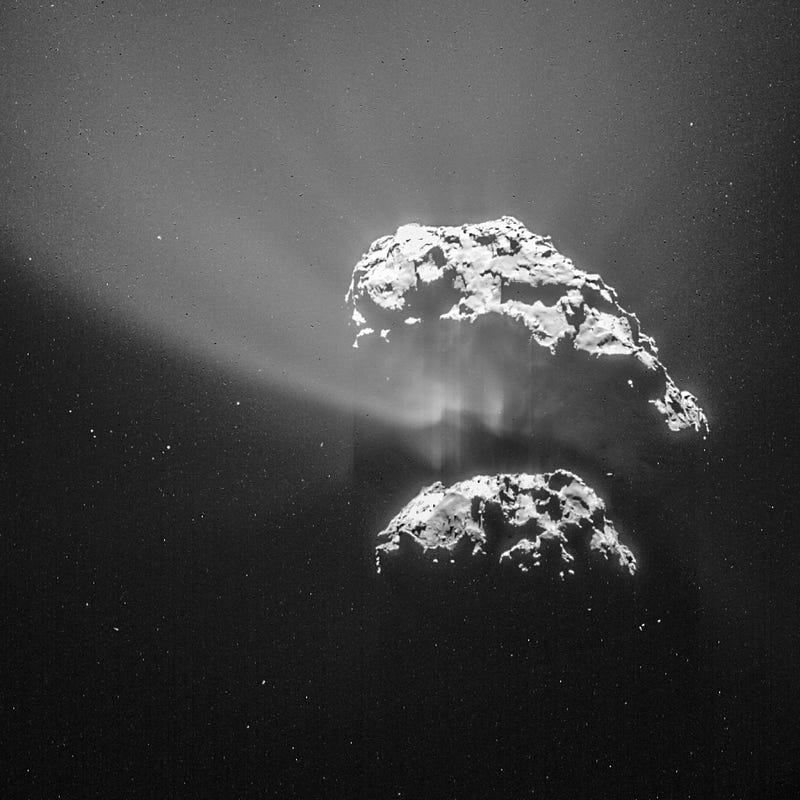
Most of these objects originate from the Kuiper belt, which extends from just beyond Neptune out to less than twice as far as Neptune is from the Sun. You might know that it’s more than four light years to the nearest star, but our Solar System, the way we typically think of it, only goes out for about 50 times the Earth-Sun distance (known as an astronomical unit, or A.U.), which is just 0.08% of a light year!
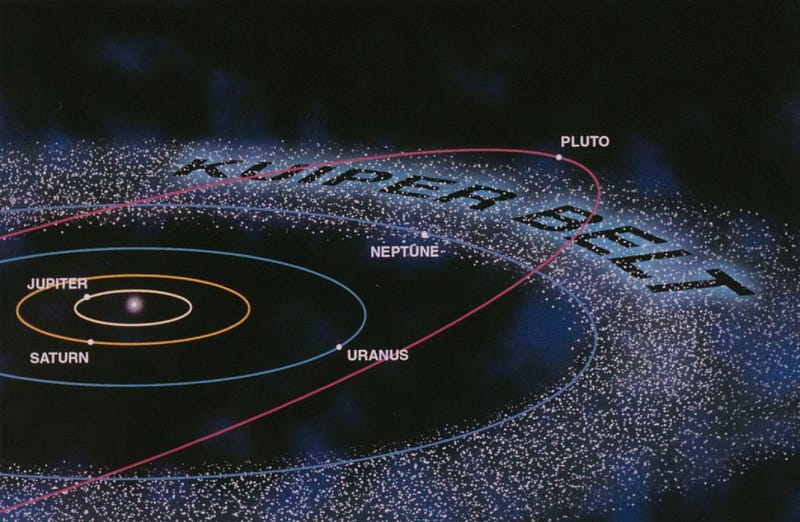
There are millions of objects that lie out at this distance — in the Kuiper Belt — and occasionally, one will get gravitationally perturbed, often by Neptune, and slingshotted into the inner Solar System. When this occurs, they can become comets if they get too close to the Sun. But this is not the only place that comets come from!

Beyond the Kuiper Belt, a long way beyond the Kuiper Belt, lies the Oort Cloud, some 50,000 A.U. — or nearly a light year — away from our Sun. Every once in a while, we get a comet that comes through our Solar System, and instead of having a period of just under a century, more or less, which is what you’d expect if a comet came from the Kuiper Belt, it has a period of more like 100,000 years! These long-period comets, like Comet McNaught (above), are large in number, and are unlikely to have their orbits result from an encounter with Neptune.
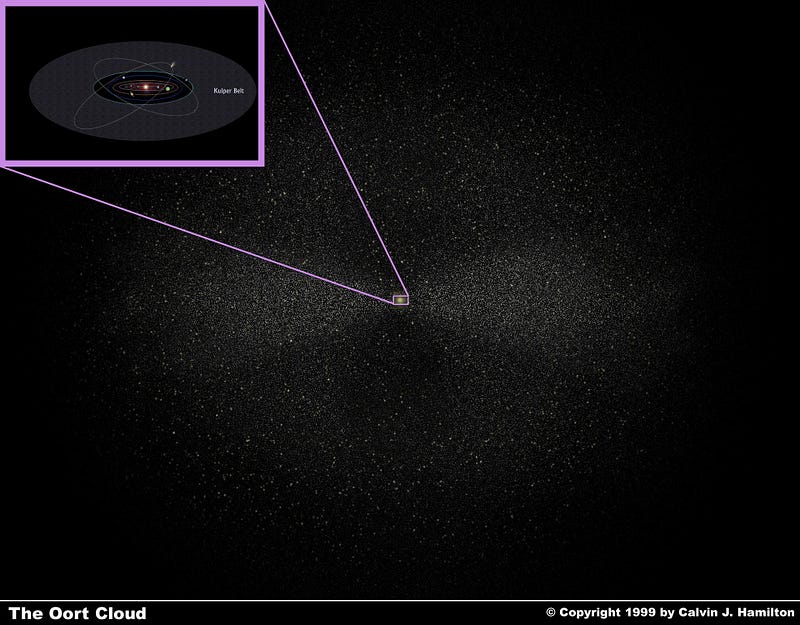
Instead, their origin is from a cloud of objects a long, long distance away! The Oort cloud was hypothesized by Jan Oort in 1950, and is generally accepted to be the point-of-origin of these long-period comets. Because of the incredible distance to the Oort cloud, and the fact that these objects have neither any intrinsic luminosity (even in the infrared) nor are they close enough to reflect a substantial amount of sunlight, they have remained invisible at their great distances.
But is there any way to detect them not when they fly into the inner Solar System, but before that? Back when they’re out at these great distances, well beyond the Kuiper belt that we struggle so mightily with?
In principle, actually, there is a way.

Gravitational Microlensing is when a non-luminous object passes in front of a bright star, temporarily magnifying the starlight as it transits across the surface of the star as seen by our perspective. Unfortunately, the masses of most Oort cloud objects are so tiny — on the order of 10^15 kg, or about one billionth the mass of the Earth — that the amount of microlensing that they’d cause is too small by a factor of about a thousand with current technology.
So no Oort cloud object has ever been detected in the Oort cloud. It’s only when they come close enough to be seen, optically, with a telescope, that we’ve been able to detect them. At least, that was true for all of the 20th century. But starting in 2003, we’ve been able to break that barrier, going even beyond the Kuiper belt!
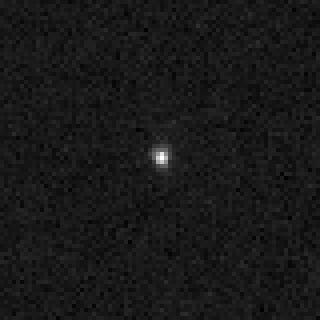
You see, not every Oort cloud object that has been detected has become or will become a comet. There are a few very, very important exceptions that have already been found, including one famous one: the minor planet Sedna, as imaged by the Hubble Space Telescope above!
Unlike most Oort cloud objects (based on the comets we’ve seen), Sedna is huge, about 1,000 km in diameter and estimated to be about 10^21 kg, or a million times a typical comet’s mass. And the only reason we were able to detect it when we did was because they were looking for objects out beyond Neptune; they just happened, in 2003, to find one farther out than all the other objects!
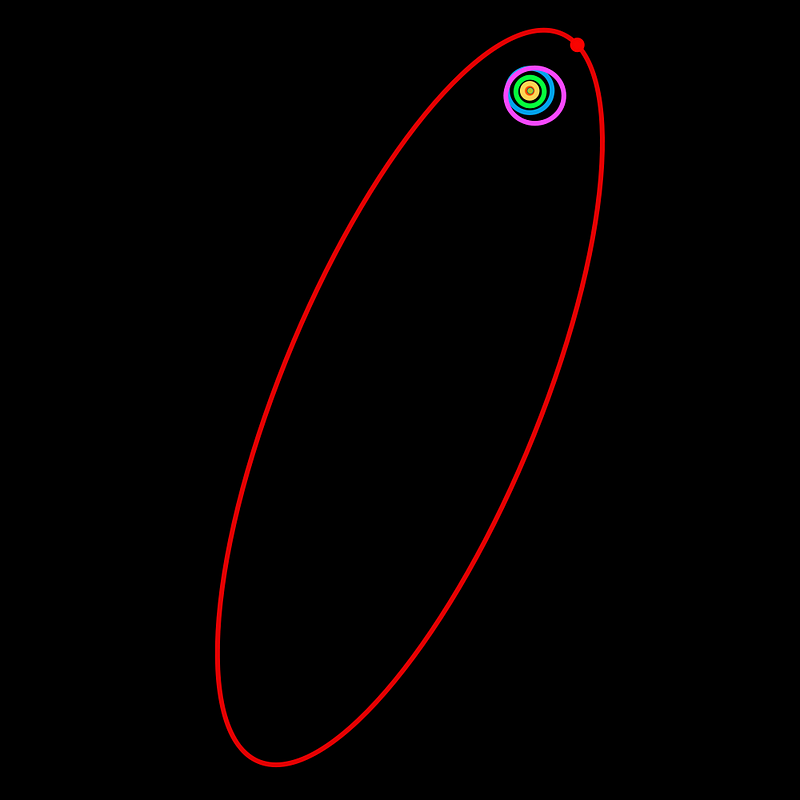
Sedna only speeds through its orbit once every 11,000 years, indicating an origin far beyond our inner Solar System, and yet it’s gravitationally bound to us! The key — since it never reaches the Kuiper Belt — is that it never could have interacted with Neptune, indicating an origin in the Oort cloud, the first non-comet ever to be detected from out that far.
But not the last, and not the only one!
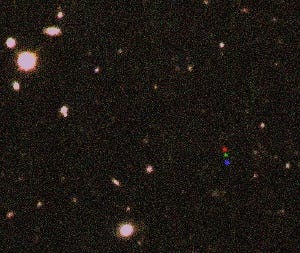
Say hello to 2012 VP113, whose discovery was just announced a year ago. It has the farthest known period of any object in the Solar System, getting no closer than eighty times the Earth-Sun distance, and getting as distant as more than 440 A.U.
Combined with Sedna and three other objects — 2004 XR190, 2010 GB174 and 2004 VN112 — these bodies have different colors, compositions and orbital properties than all the Kuiper belt objects, indicating a common and different origin for them. 2012 VP113 is the most distant right now, but 2010 GB174 will soon pass it, heading out towards its maximal distance of 673 A.U. from the Sun!

But Sedna will rule them all. Not only is it the largest Oort cloud object known, but it’s likely (we aren’t sure) in hydrostatic equilibrium, meaning that if it is, it will become the first dwarf planet beyond the Kuiper belt.
Perhaps best of all, Sedna will someday (soon!) pass all the other presently known Oort cloud objects, reaching a maximal distance from the Sun of 936 A.U., or 1.5% of a light year from our Sun. So embrace the farthest objects in our Solar System, and know that the Oort cloud likely has even more surprises in store for us; we’re only just beginning to understand it!
Leave your comments at our forum, and support Starts With A Bang on Patreon!





